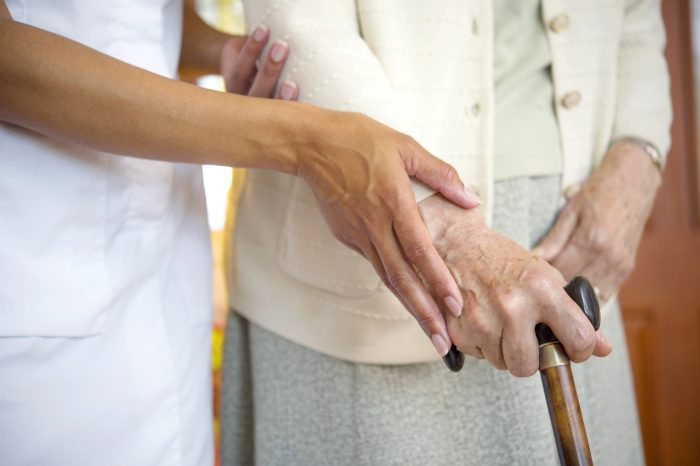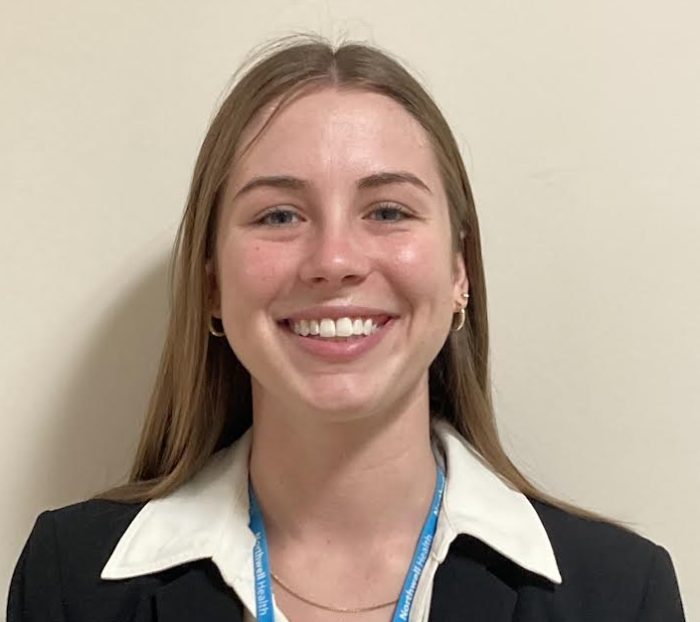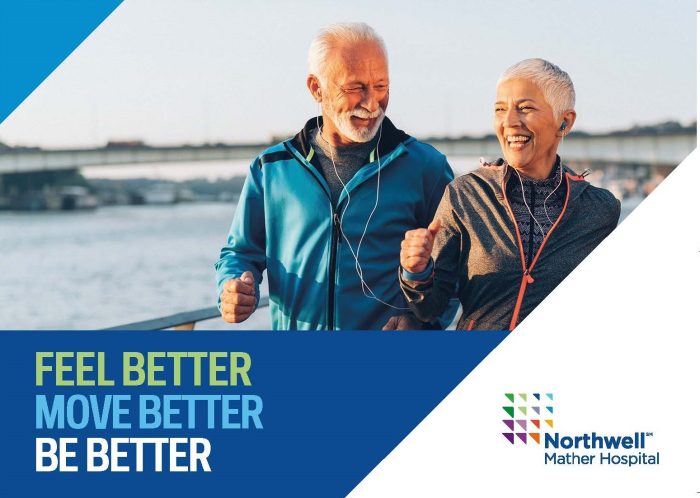
The facilities are among the top 5% of hospitals nationwide for preventing harm in patients
Northwell Health hospitals have been recognized once again by Healthgrades as 2025 Patient Safety Excellence Awards™ recipients. Huntington Hospital received the award for the seventh consecutive year (2019-2025) and named among the top 5% of short-term acute-care hospitals nationwide for patient safety for the sixth straight year (2020-2025). Long Island Jewish Medical Center, which includes Long Island Jewish Valley Stream and Long Island Jewish Forest Hills, earned the award for the second consecutive year (2024-2025) and was also named among the top 5% of hospitals for patient safety for both years.
The Healthgrades recognition underscores a culture of excellence that permeates these Northwell Health hospitals, evident in their numerous other achievements.
Huntington Hospital is the only hospital on Long Island, and one of only 33 in the country, to achieve Magnet designation by the American Nurses Credentialing Center for nursing excellence four consecutive times. Long Island Jewish Medical Center in New Hyde Park was recognized by Healthgrades in 2025 as fourth in New York State for stroke care and joint replacement. Long Island Jewish Valley Stream is a designated stroke center certified by the American Heart Association. It is also recognized as a Network of Excellence in hernia surgery by Surgical Review Corporation. Long Island Jewish Forest Hills is designated a Level II Perinatal Center and is an American College of Radiology-designated Lung Cancer ScreeningCenter.
Plainview Hospital, an acute care community hospital, was also a recipient of the Healthgrades Patient Safety Excellence Awards™. As a New York State Department of Health Primary Stroke Center, Plainview Hospital is a recipient of the American Heart Association/American Stroke Association’s Get With the Guidelines®-Stroke Quality Achievement Award.
“I continue to be proud of these hospitals who do so much to serve our communities,” said Peter Silver, MD, MBA, senior vice president and chief quality officer at Northwell. “These awards reflect our unwavering dedication to providing the highest quality and safest care possible to our patients. Our commitment to continuous improvement and a culture of safety is a testament to the hard work and dedication of our entire health care team.”
Patients treated in hospitals that received the 2025 Patient Safety Excellence Award have a significantly lower chance of experiencing one of the four leading safety indicators:
- 54% less likely to experience in-hospital falls resulting in fracture than patients treated at non-recipient hospitals;
- 55% less likely to experience a collapsed lung due to a procedure or surgery in or around the chest than patients treated at non-recipient hospitals;
- 69% less likely to experience pressure sores or bed sores acquired in the hospital than patients treated at non-recipient hospitals;
- 72% less likely to experience catheter-related bloodstream infections acquired in the hospital than patients treated at non-recipient hospitals.
“These impressive statistics underscore the real-world impact of our commitment to patient safety,” said Dr. Silver. “By minimizing preventable harm, we are not only improving patient outcomes but also enhancing their overall experience of care.”
*Statistics are calculated from Healthgrades Patient Safety Ratings and Excellence Award methodology, which is based primarily on AHRQ technical specifications (Version 2024.0.1) to MedPAR data from approximately 4,500 hospitals for years 2021 through 2023 and represent three-year estimates for Medicare patients only.


















